- Home
- About Us
- TSPT Academy
- Online Courses
-
Resources
- Newsletter
- Business Minded Sports Physio Podcast
- Day in the Life of a Sports PT
- Residency Corner
-
Special Tests
>
-
Cervical Spine
>
- Alar Ligament Test
- Bakody's Sign
- Cervical Distraction Test
- Cervical Rotation Lateral Flexion Test
- Craniocervical Flexion Test (CCFT)
- Deep Neck Flexor Endurance Test
- Posterior-Anterior Segmental Mobility
- Segmental Mobility
- Sharp-Purser Test
- Spurling's Maneuver
- Transverse Ligament Test
- ULNT - Median
- ULNT - Radial
- ULNT - Ulnar
- Vertebral Artery Test
- Thoracic Spine >
-
Lumbar Spine/Sacroiliac Joint
>
- Active Sit-Up Test
- Alternate Gillet Test
- Crossed Straight Leg Raise Test
- Extensor Endurance Test
- FABER Test
- Fortin's Sign
- Gaenslen Test
- Gillet Test
- Gower's Sign
- Lumbar Quadrant Test
- POSH Test
- Posteroanterior Mobility
- Prone Knee Bend Test
- Prone Instability Test
- Resisted Abduction Test
- Sacral Clearing Test
- Seated Forward Flexion Test
- SIJ Compression/Distraction Test
- Slump Test
- Sphinx Test
- Spine Rotators & Multifidus Test
- Squish Test
- Standing Forward Flexion Test
- Straight Leg Raise Test
- Supine to Long Sit Test
-
Shoulder
>
- Active Compression Test
- Anterior Apprehension
- Biceps Load Test II
- Drop Arm Sign
- External Rotation Lag Sign
- Hawkins-Kennedy Impingement Sign
- Horizontal Adduction Test
- Internal Rotation Lag Sign
- Jobe Test
- Ludington's Test
- Neer Test
- Painful Arc Sign
- Pronated Load Test
- Resisted Supination External Rotation Test
- Speed's Test
- Posterior Apprehension
- Sulcus Sign
- Thoracic Outlet Tests >
- Yergason's Test
- Elbow >
- Wrist/Hand >
- Hip >
- Knee >
- Foot/Ankle >
-
Cervical Spine
>
- I want Financial Freedom
- I want Professional Growth
- I want Clinical Mastery
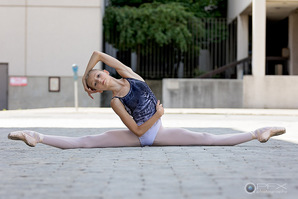 With any lumbar spine examination, lower extremity flexibility and mobility is assess as well. Part of the theory behind this lies in increasing the mobility in the surrounding joints in order to take the repetitive strain off of the spine. Another reason lies in the fact that the iliopsoas can act as a spinal compressor. Decreasing the activity in the muscle can theoretically take tension off the lumbar spine. With this presentation, we need to ask why these muscles are tight or why we see muscles "tighten up" in general. One instance where a muscle shortens can be due to an extended time in a shortened position. This is known more as a contracture. On the other hand, muscle can have increased resistance to stretch or stiffness. Why does this happen? According to Shirley Sahrmann's theory, with prolonged postures and repetitive movements, muscle imbalances develop that lead to varied passive tissue tension. The muscles with increased passive tissue tension present as "tight." But what if this tightness is secondary to hypertonicity with overactivity of the nervous system? We typically see restricted flexibility in lower extremity muscles in those with back stiffness and pain for a couple reasons. With restricted mobility along the path of a nerve, the nervous system no longer acts normally. Pain can be present, mobility can be restricted and muscles can be weak. Think double crush syndrome. Another possibility is that in a painful region like the lumbar spine, the muscles around might be tightening up to provide some level of stability throughout daily activities. Those that are consistent with retesting asterisk signs after treatment likely will have noticed at some point that we can change what appears to be muscle tightness by treating the lumbar spine, whether it be through manipulation, repeated motions, or core activation. The common variable is that we are affecting the nervous system. A common patient to associate this with is the one that can't touch their toes but immediately can place their hands flat after doing a few repeated motions. I wouldn't necessarily say that time spent stretching these stiff muscles is wasted but think about the patients (or yourself) that have repeatedly stretched a tight muscle with little lasting improvement. The theory of contract relax has to utilize the nervous system to reciprocally inhibit the muscle, as well. Given this discussion, I hope you will think again about how best to improve muscle flexibility in your next patient. I'm not saying stretching should be completely disregarded (I assign it still to help lock in gains and to satisfy patients who think they need stretches), but prioritize your treatments to more effectively lengthen the muscles and treat the source. -Chris
0 Comments
Leave a Reply. |
Dr. Brian Schwabe's NEW Book in partner with PaleoHacks!
Learn residency-level content on our
Insider Access pages We value quality PT education & CEU's. Click the MedBridge logo below for TSPT savings!Archives
July 2019
Categories
All
|
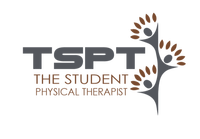
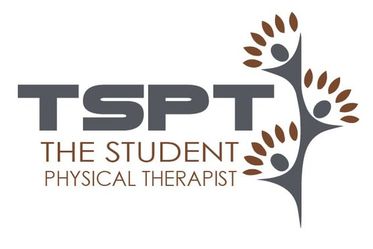
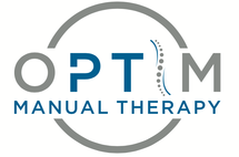
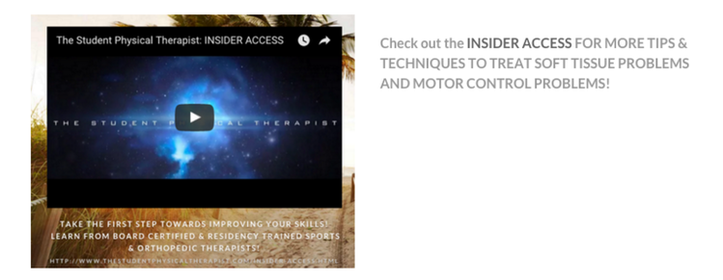
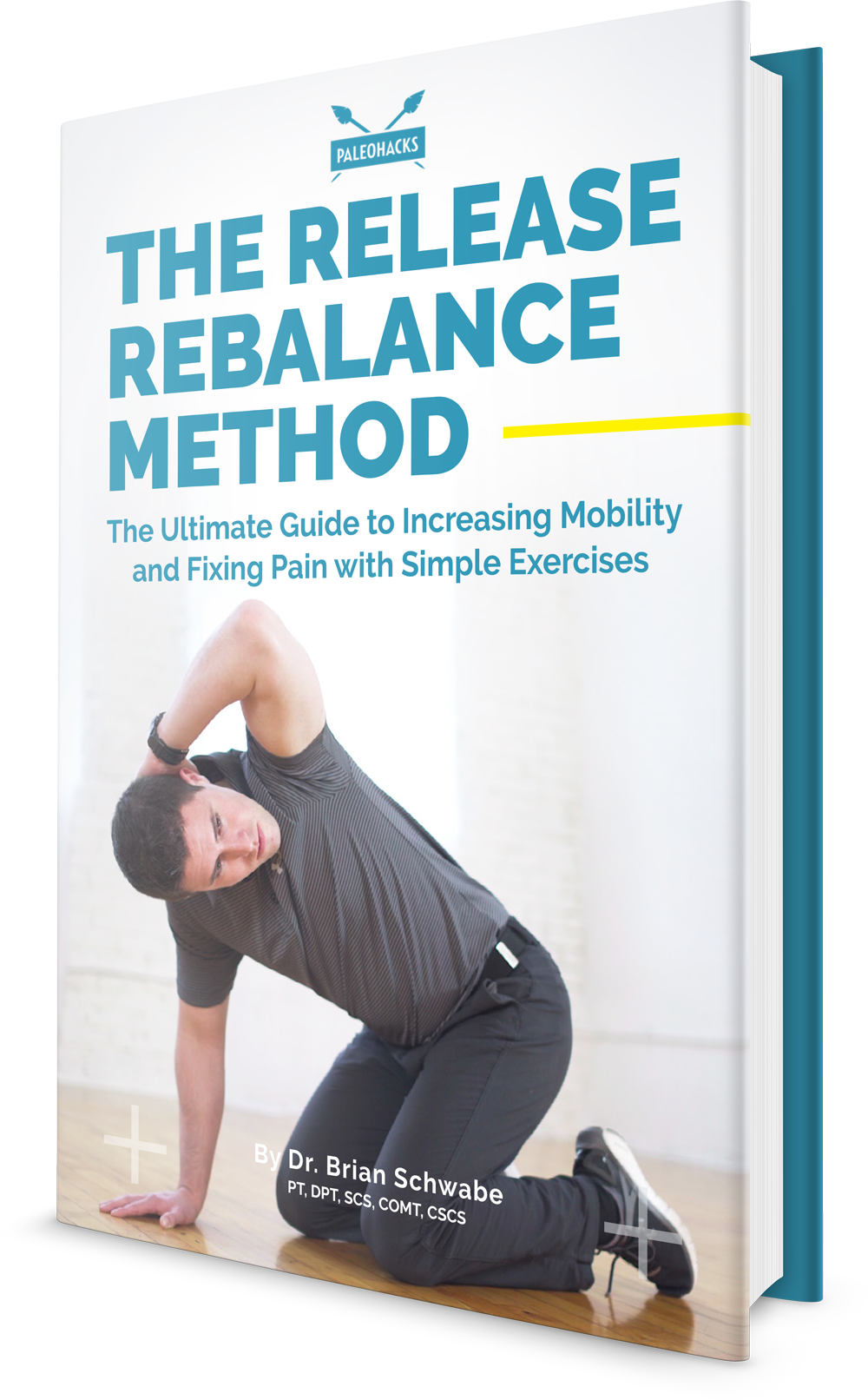
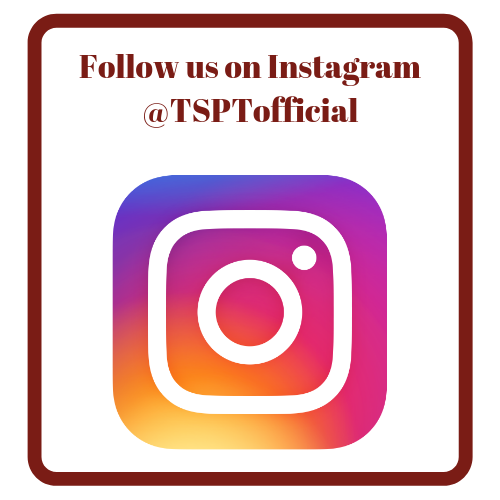


 RSS Feed
RSS Feed